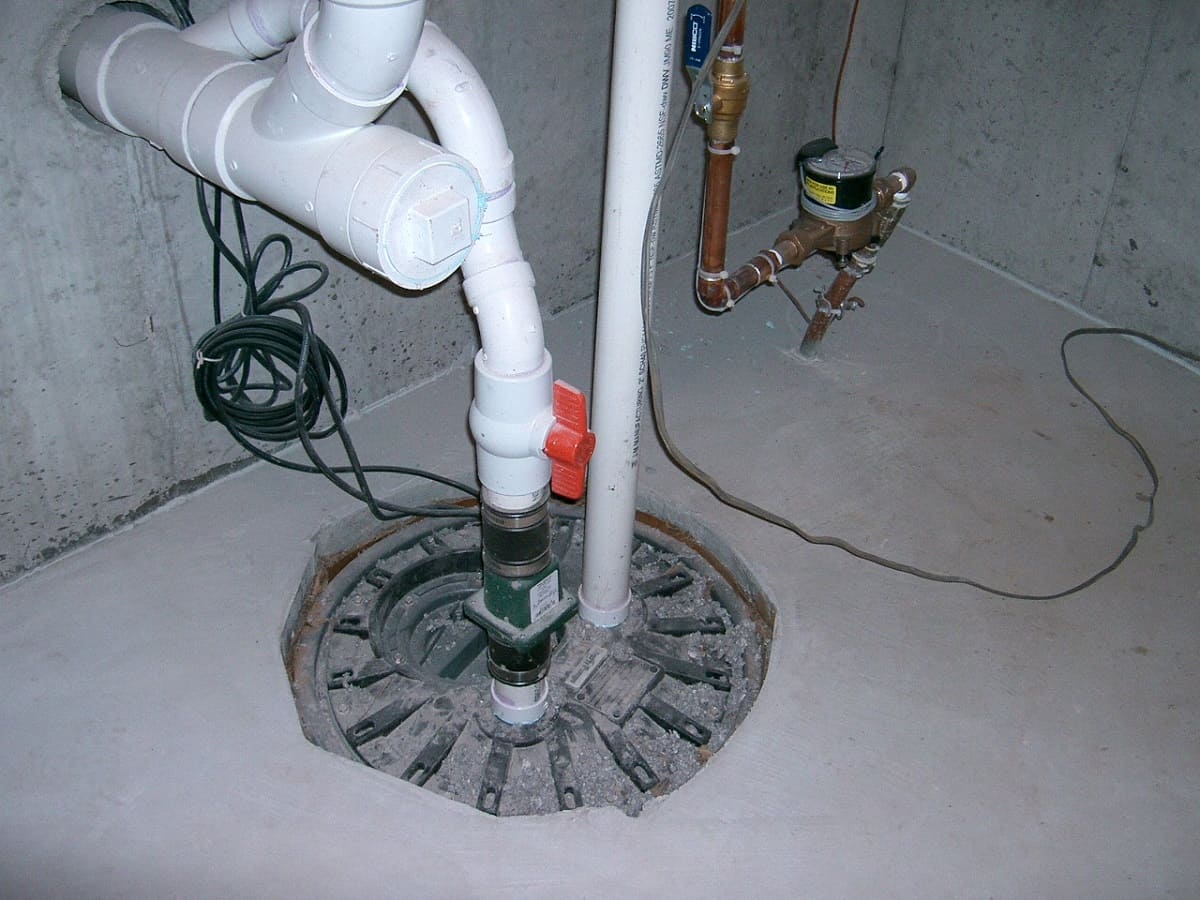

Articles
What Is Sump Pump In Basement
Modified: December 7, 2023
Learn everything you need to know about sump pumps in basements with our informative articles. Stay informed and protect your home from water damage.
(Many of the links in this article redirect to a specific reviewed product. Your purchase of these products through affiliate links helps to generate commission for Storables.com, at no extra cost. Learn more)
Introduction
When it comes to protecting your basement from potential water damage, a sump pump is an essential tool to have. A sump pump is a specialized device designed to remove water that accumulates in the basement or crawl space of a house. It plays a crucial role in preventing water from seeping into the foundation, causing structural damage and mold growth.
In this article, we will explore the definition and purpose of a sump pump in the basement, how it works, the benefits of having one, factors to consider before installation, common issues that may arise, and proper maintenance practices. Understanding the importance of a sump pump and how it operates can help you make an informed decision when it comes to protecting your home against water damage.
So, let’s delve into the world of sump pumps and gain a deeper understanding of their role in keeping your basement dry and secure.
Key Takeaways:
- Sump pumps are essential for preventing basement flooding, protecting the foundation, and preserving indoor air quality. Regular maintenance and proper installation are crucial for optimal performance and longevity.
- Installing a sump pump offers benefits such as preventing mold growth, safeguarding valuable possessions, and potentially reducing insurance premiums. Consider factors like water source, pump type, and backup power systems before installation.
Read more: What Sump Pump Is Best For A Basement
Definition of Sump Pump
A sump pump is a mechanical device that is typically installed in the lowest part of a basement or crawl space. It is designed to prevent water accumulation and flooding by pumping excess water out of the area and directing it away from the foundation of the building. It consists of a sump pit, a pump, and a discharge pipe.
The sump pit is a small, dug-out reservoir or basin that collects water from various sources, such as groundwater, rainwater, or water from plumbing leaks. The pit is usually constructed with a gravel base to allow water to enter easily. The sump pump is placed inside the sump pit and is responsible for pumping the water out of the pit when it reaches a certain level, known as the activation level.
There are two main types of sump pumps: submersible and pedestal. Submersible sump pumps are designed to be fully submerged in water and are typically placed directly inside the sump pit. On the other hand, pedestal sump pumps are elevated and have a long, upright design, with the pump itself located above the sump pit. These pumps are advantageous when it comes to maintenance and accessibility.
In addition to pumping out excess water, sump pumps can also be equipped with other features and accessories, such as backup power systems and alarms, to provide added protection and alert homeowners in case of pump failure or power outages.
Overall, the primary function of a sump pump is to keep the basement or crawl space dry by removing water and diverting it away from the foundation, helping to prevent water damage, mold growth, and structural issues.
Purpose of a Sump Pump in the Basement
A sump pump serves a critical purpose in a basement by effectively managing and eliminating water accumulation. The main purposes of a sump pump are:
- Preventing basement flooding: One of the primary reasons for installing a sump pump is to prevent basement flooding. Basements are often prone to water seepage due to heavy rainfall, melting snow, or natural groundwater flow. A sump pump helps to mitigate this risk by actively pumping out any water that enters the sump pit, keeping the basement free from water damage.
- Protecting the foundation: Excess water accumulation near the foundation of a building can lead to serious structural issues. The constant presence of water can weaken the foundation materials, causing cracks, shifting, and overall instability. By swiftly removing excess water from the basement through a sump pump, the risk of foundation damage is greatly reduced.
- Preventing mold and mildew growth: Damp and moist environments create the perfect conditions for mold and mildew growth. A sump pump helps to keep the basement dry, reducing the humidity levels and inhibiting the development of harmful mold and mildew. This is not only beneficial for the structural integrity of the building but also for the health and well-being of the occupants.
- Safeguarding valuable possessions: Many homeowners use their basements for storage, keeping various valuable items such as furniture, electronics, or sentimental belongings. A sump pump provides an additional layer of protection, ensuring that these items are kept safe and dry in the event of heavy rain or flooding.
- Improving indoor air quality: Excess moisture in the basement can lead to musty odors and poor indoor air quality. By removing water and controlling humidity levels, a sump pump helps to create a healthier living environment by reducing the presence of allergens and improving the overall air quality in the home.
Overall, the purpose of a sump pump in the basement is to effectively manage water accumulation, protect the foundation of the building, prevent mold growth, safeguard valuable possessions, and enhance the overall living conditions in the house.
How Does a Sump Pump Work?
A sump pump operates on a relatively simple mechanism, using a combination of sensors, float switches, and an electric motor to effectively remove water from the basement. Here is a step-by-step breakdown of how a sump pump works:
- Water enters the sump pit: Water from various sources, such as groundwater, rainwater, or plumbing leaks, enters the sump pit through drains or natural seepage.
- Activation of the float switch: As the water level in the sump pit rises, it activates the float switch, which is a buoyant device attached to the pump. The float switch is responsible for triggering the pump to start when the water reaches a predetermined level.
- Pump activation: When the float switch is triggered, it activates the electric motor of the pump. There are two main types of pumps: submersible and pedestal. In the case of a submersible pump, which is commonly used, the entire pump unit is submerged in water, whereas a pedestal pump has the motor positioned above the sump pit.
- Water removal: Once activated, the pump starts to suck in the water from the sump pit through a suction pipe. The water is then expelled through a discharge pipe connected to the pump. The discharge pipe directs the water away from the foundation, usually outside the house or into a drainage system.
- Pump deactivation: As the water level in the sump pit drops below a certain threshold, the float switch will disengage and turn off the pump. This ensures that the pump does not continue operating unnecessarily, saving energy.
- Monitoring and backup systems: Many modern sump pumps come equipped with monitoring systems and backup power sources. These systems provide alerts or notifications in case of pump failure, power outages, or excessive water levels, ensuring that homeowners are aware of any potential issues and can take appropriate action.
In summary, a sump pump works by effectively detecting rising water levels in the sump pit, activating the pump through a float switch, and then removing the water from the pit through a suction pipe and directing it away from the foundation. This continuous cycling process helps to maintain a dry basement and protect the home from potential water damage.
Benefits of Having a Sump Pump in the Basement
Installing a sump pump in your basement offers a range of benefits and can provide peace of mind when it comes to protecting your home from water damage. Here are some key advantages of having a sump pump:
- Prevents basement flooding: The primary benefit of a sump pump is its ability to prevent basement flooding. By swiftly removing excess water from the sump pit, it helps keep your basement dry and free from water damage caused by heavy rainfall, melting snow, or plumbing leaks. This can save you thousands of dollars in potential repair costs.
- Protects the foundation: Excess water accumulation near the foundation can lead to serious structural issues. A sump pump helps to protect your foundation by keeping the area around it free from water seepage. By diverting water away from the foundation, it reduces the risk of cracks, shifting, and other foundation problems.
- Prevents mold and mildew growth: Basements that are constantly damp or prone to water accumulation create an ideal environment for mold and mildew growth. These fungi not only cause unpleasant odors but can also have a negative impact on indoor air quality and pose health risks. A sump pump helps keep your basement dry, reducing the chances of mold and mildew growth.
- Preserves property and belongings: Many homeowners use their basements for storage, keeping valuable items such as furniture, electronics, or sentimental possessions. A sump pump safeguards your belongings by preventing water damage. With a sump pump in place, you can have peace of mind knowing that your items are protected from potential water-related incidents.
- Reduces insurance premiums: Some insurance companies offer lower premiums or discounts on policies for homes equipped with a sump pump. This is because a sump pump decreases the risk of water damage and the subsequent insurance claims associated with it. Be sure to check with your insurance provider to see if you qualify for any potential savings.
- Improves overall indoor air quality: Excess moisture in the basement can lead to musty odors and poor indoor air quality. By keeping your basement dry and preventing water accumulation, a sump pump helps eliminate these unpleasant odors and improves the overall air quality in your home.
Overall, having a sump pump in your basement provides multiple benefits, including protection against basement flooding, preservation of your property and belongings, prevention of mold growth, foundation protection, potential insurance savings, and improved indoor air quality. It is a valuable investment when it comes to safeguarding your home from potential water damage.
Make sure your sump pump is equipped with a battery backup to ensure it continues to function during power outages, which are common during heavy storms.
Read more: How Much To Install Sump Pump In Basement
Factors to Consider Before Installing a Sump Pump
Before installing a sump pump in your basement, there are several important factors to consider to ensure its effectiveness and suitability for your specific needs. Here are some key considerations:
- Water source and basement layout: Assess the source of water entering your basement. Is it primarily groundwater, rainwater, or a combination of both? Understanding the water source will help determine the proper size and power of the sump pump you need. Additionally, consider the layout of your basement and identify the lowest point where water tends to accumulate to determine the ideal location for the sump pit.
- Pump type and capacity: There are different types of sump pumps available, such as submersible and pedestal. Consider the pros and cons of each type and choose the one that suits your specific requirements. Additionally, assess the capacity of the pump, measured in gallons per minute (GPM), to ensure it can handle the expected volume of water effectively.
- Backup power systems: Power outages often occur during heavy storms, precisely when you need your sump pump the most. Consider investing in a backup power system, such as a battery backup or generator, to keep your sump pump functioning even during power failures, ensuring continuous protection against basement flooding.
- Installation and maintenance: Proper installation of a sump pump is crucial for its effectiveness. If you’re not confident in your DIY skills, it’s best to hire a professional plumber or basement waterproofing contractor for the installation to ensure it is done correctly. Additionally, consider the maintenance requirements of the sump pump, such as regular cleaning, testing, and pump replacement, and be prepared to carry out these tasks as needed.
- Permit and building code requirements: Before installing a sump pump, check with your local building department to inquire about any necessary permits or building code requirements. Compliance with these regulations will ensure that your sump pump is installed safely and meets the required standards.
- Budget and cost considerations: Installing a sump pump involves costs, including the purchase of the pump itself, installation fees, potential backup power systems, and ongoing maintenance expenses. Consider your budget and weigh the costs against the potential benefits and protection it will provide for your basement and home.
Considering these factors will help you make an informed decision when it comes to installing a sump pump in your basement. Take the time to assess your specific needs, consult professionals if necessary, and ensure that you have a comprehensive understanding of the requirements before proceeding with the installation.
Common Issues with Sump Pumps in Basements
While sump pumps are reliable devices, they can encounter certain issues that need to be addressed to ensure optimal performance and prevent potential problems. Here are some common issues that can arise with sump pumps in basements:
- Pump failure: Sump pumps can fail to operate for various reasons, such as power outages, mechanical malfunctions, or float switch problems. Regularly check that your sump pump is functioning correctly to avoid any surprises when you most need it. Consider installing a backup power system to ensure continuous operation even during power disruptions.
- Clogged or frozen discharge pipe: The discharge pipe that carries water away from the sump pump can become clogged with debris or even freeze during colder months. Obstructions in the pipe can prevent proper water flow, leading to potential backup or flooding. Regularly inspect and clear the discharge pipe to ensure unobstructed water flow.
- Overwhelmed pump capacity: If your sump pump is not adequately sized to handle the volume of water entering your basement, it may become overwhelmed and struggle to keep up with the inflow. This can lead to inadequate water removal and potential flooding. Ensure that you have the right pump capacity for your specific needs to avoid this issue.
- Inadequate maintenance: Sump pumps require regular maintenance to ensure optimal performance. Failure to clean the sump pit, check the float switch, and test the pump can result in malfunctions or reduced efficiency. Create a maintenance schedule and follow it diligently to keep your sump pump in good working condition.
- Lack of proper installation: Improper installation can hinder the effectiveness of a sump pump. Incorrect placement of the sump pit, improper positioning of the float switch, or poorly installed discharge pipes can lead to operational issues. If you’re unsure about the installation process, it’s advisable to seek professional assistance to ensure the sump pump is correctly installed.
- Age and wear: Sump pumps have a limited lifespan, typically ranging from 5 to 15 years, depending on the model and usage. As they age, components can wear out, leading to decreased efficiency and potential failures. Monitor the age of your sump pump and consider proactively replacing it before it becomes a problem.
Regular inspection, maintenance, and prompt resolution of any issues will help mitigate these common problems with sump pumps, ensuring that your basement remains dry and protected from water damage.
Maintenance and Care for Sump Pumps
To ensure the optimal performance and longevity of your sump pump, regular maintenance and care are essential. Here are some key maintenance tasks to consider:
- Inspect the pump and pit: Regularly check the sump pump and the sump pit for any signs of damage, debris, or obstructions. Remove any dirt, rocks, or other debris that may have accumulated in the pit, as it can interfere with the pump’s operation.
- Clean the pump components: Clean the pump’s intake screen or filter to remove any dirt, sediment, or debris that may have accumulated. This ensures proper water flow and prevents clogging or blockages.
- Test the pump: Test the sump pump periodically to ensure it is in good working condition. Pour water into the sump pit until the float switch activates the pump. This will simulate a real-world scenario and allow you to verify that the pump starts and expels water properly.
- Check the float switch: The float switch is responsible for activating the pump when the water level rises. Regularly inspect and clean the float switch to ensure it moves freely and isn’t obstructed. A stuck or malfunctioning float switch can result in pump failure.
- Verify the discharge pipe: Inspect the discharge pipe for any clogs, obstructions, or leaks. Clear away any debris or sediment that may have accumulated in the pipe, as it can impede water flow and lead to pump inefficiency or failure.
- Install a check valve: Consider installing a check valve in the discharge pipe to prevent backflow of water into the sump pit. This helps maintain the pump’s prime and prevents unnecessary cycling, prolonging the life of the pump.
- Install a battery backup: Power outages can render your sump pump useless, leaving your basement vulnerable to flooding. Installing a battery backup system ensures that your sump pump will continue to function even during power failures. Test the battery backup regularly to ensure it is operating correctly.
- Consider a maintenance contract: If you’re not comfortable performing maintenance tasks on your own, consider hiring a professional and signing up for a maintenance contract. This ensures that your sump pump is regularly inspected, cleaned, and maintained by experts who can identify and address any potential issues.
Remember, proper maintenance and care are crucial for the effective operation of your sump pump. By performing regular inspections, cleaning components, testing the pump, and addressing any problems promptly, you can ensure that your sump pump will continue to protect your basement from water damage for years to come.
Conclusion
A sump pump is a vital component for protecting your basement from the damaging effects of water accumulation. By efficiently removing excess water and diverting it away from the foundation, a sump pump helps prevent basement flooding, structural damage, mold growth, and other water-related issues.
In this article, we explored the definition and purpose of a sump pump, delved into its working mechanism, and discussed the benefits of having one in your basement. We also highlighted the factors to consider before installation, common issues that may arise, and the importance of regular maintenance and care.
Remember to assess the water source in your basement, choose the appropriate pump type and capacity, and ensure proper installation and maintenance. Taking these factors into account will enable you to enjoy the full benefits of a sump pump and protect your basement and home from potential water damage.
By investing in a sump pump and following the recommended maintenance practices, you can have peace of mind knowing that your basement is safeguarded against flooding, your foundation is protected, and your valuable possessions are preserved.
Don’t wait for a disaster to strike. Take proactive steps to protect your basement by installing a reliable sump pump and maintaining it regularly. Your investment in a sump pump will pay off in the long run by preventing costly repairs, maintaining a healthy living environment, and ensuring the longevity of your home.
Remember, when it comes to sump pumps, it’s better to be prepared and proactive rather than dealing with the consequences of water damage and potentially costly repairs. So take action today and secure the well-being of your basement and home.
Frequently Asked Questions about What Is Sump Pump In Basement
Was this page helpful?
At Storables.com, we guarantee accurate and reliable information. Our content, validated by Expert Board Contributors, is crafted following stringent Editorial Policies. We're committed to providing you with well-researched, expert-backed insights for all your informational needs.
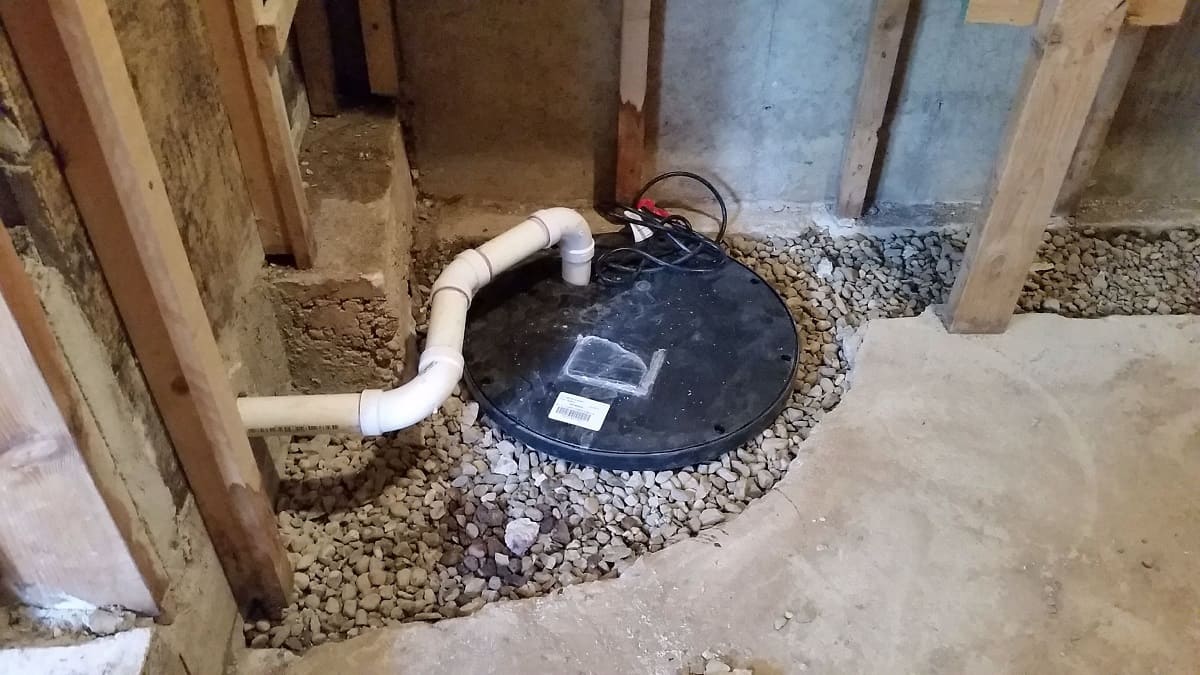
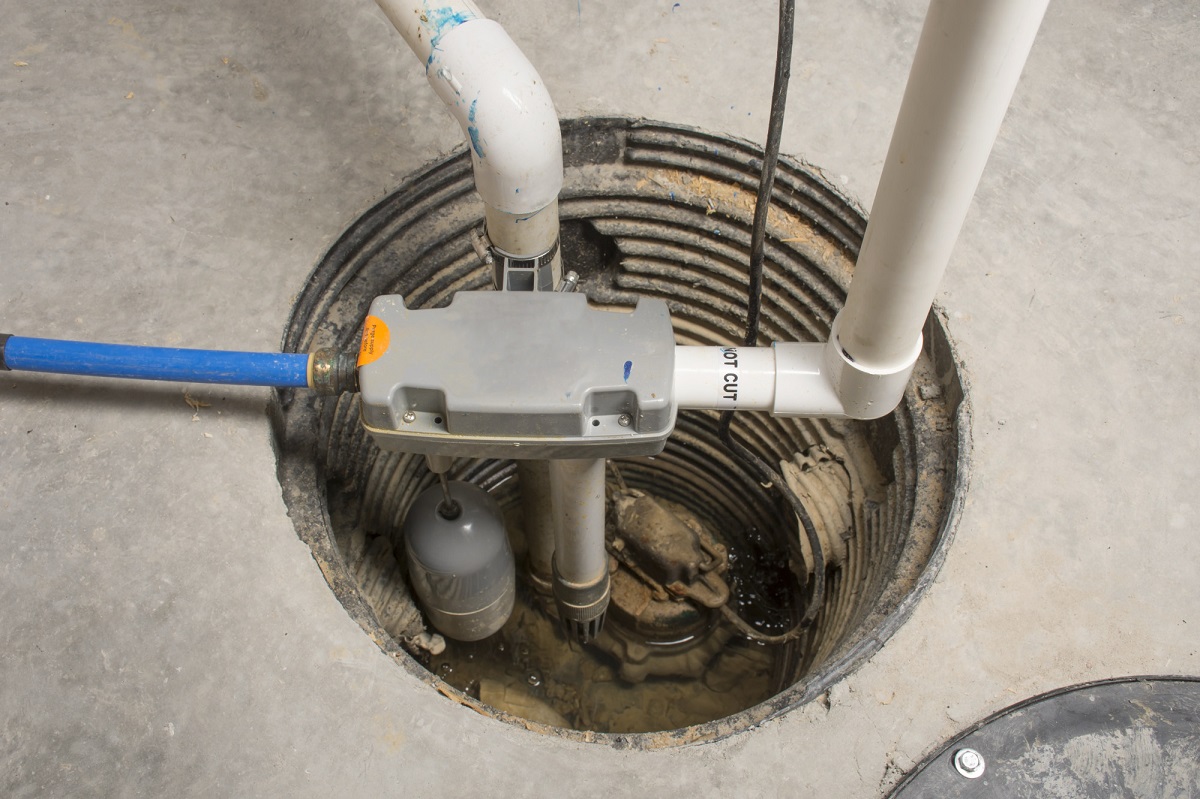
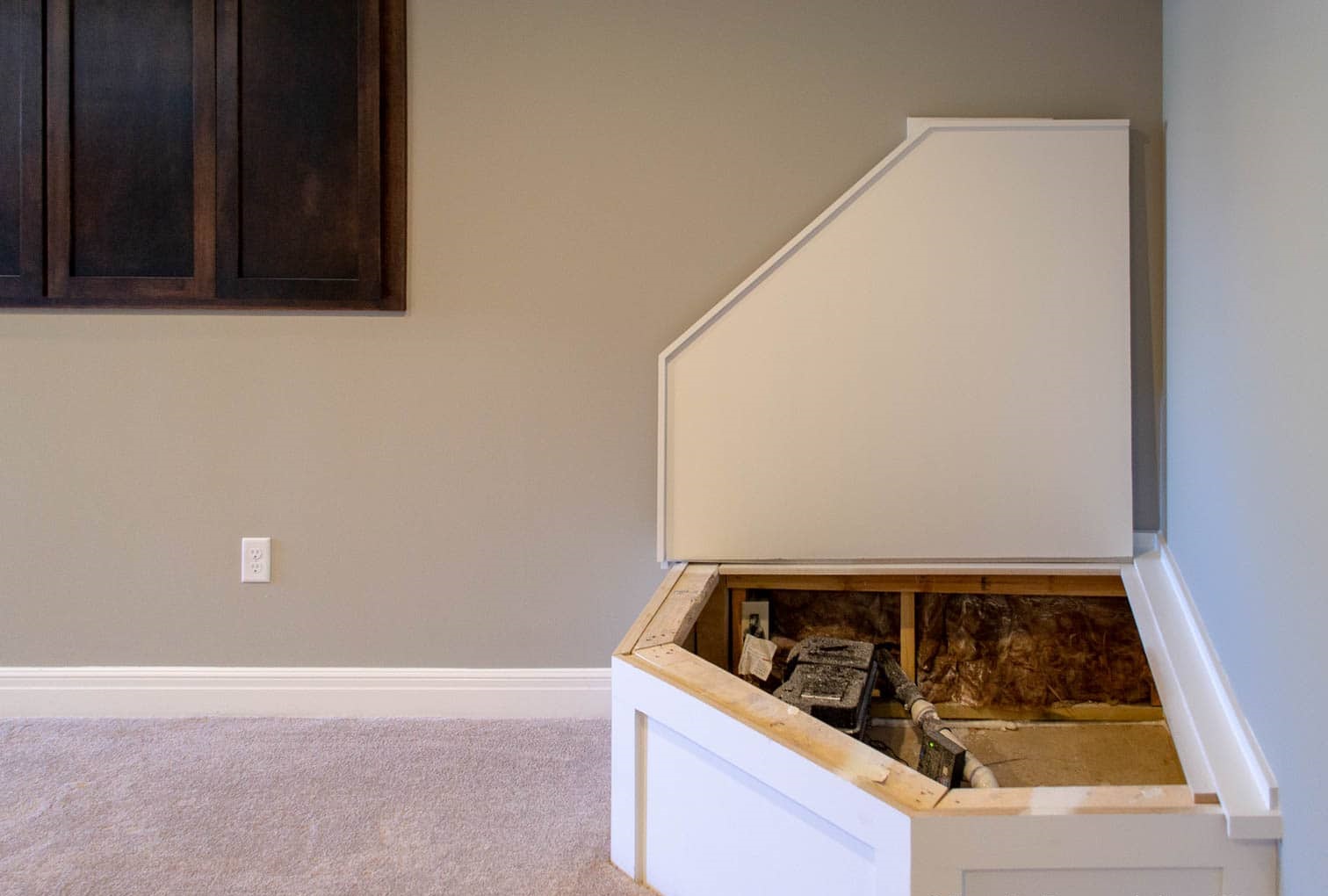
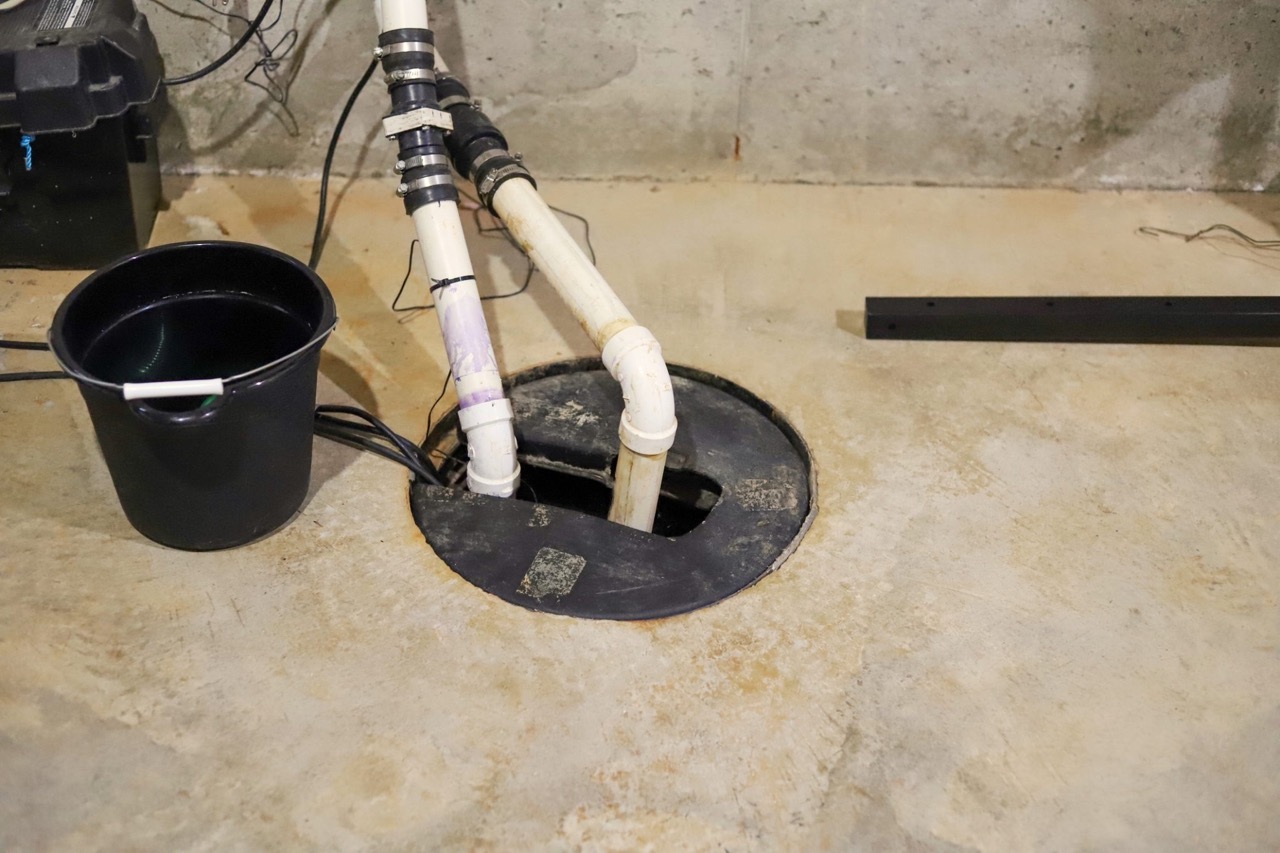
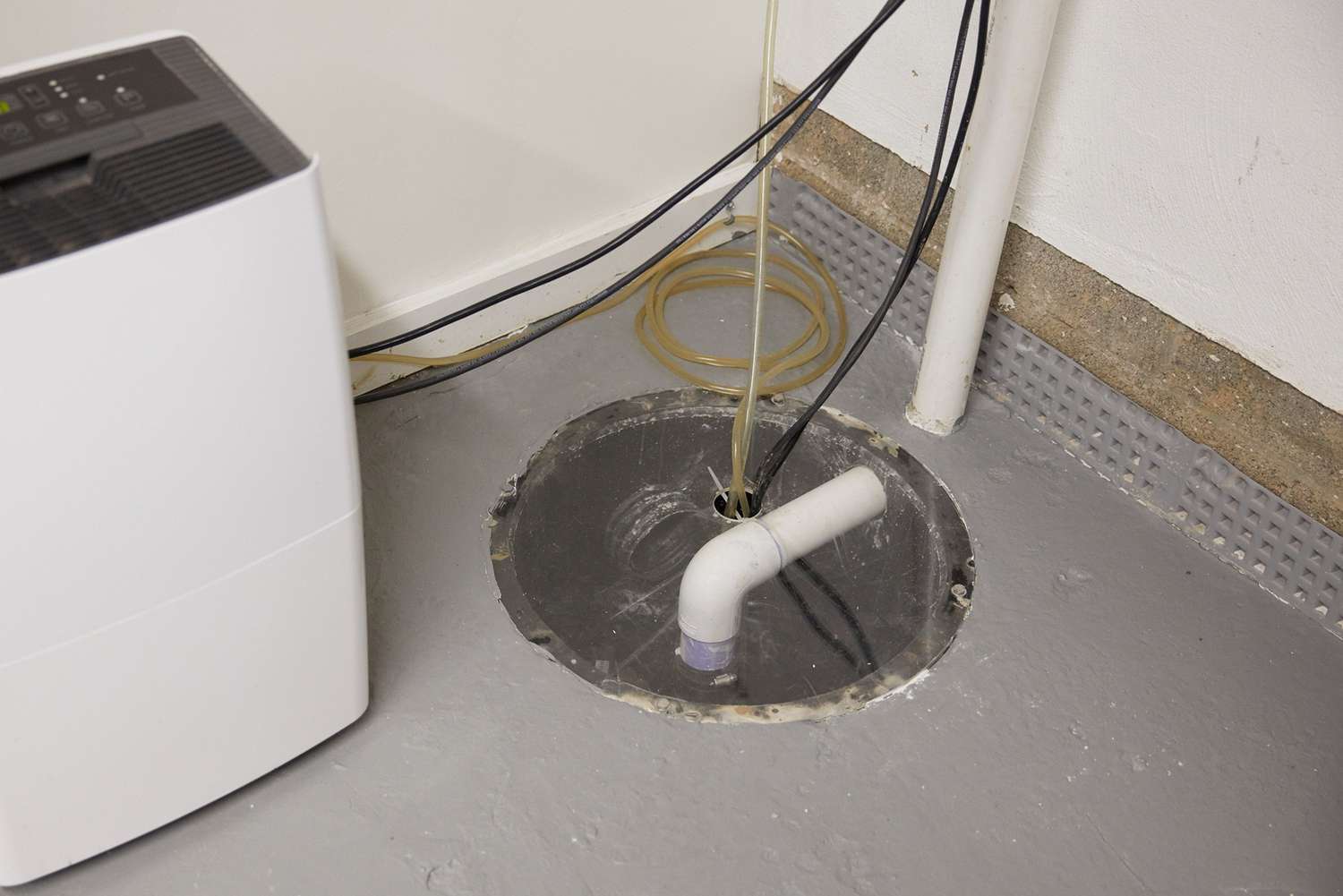
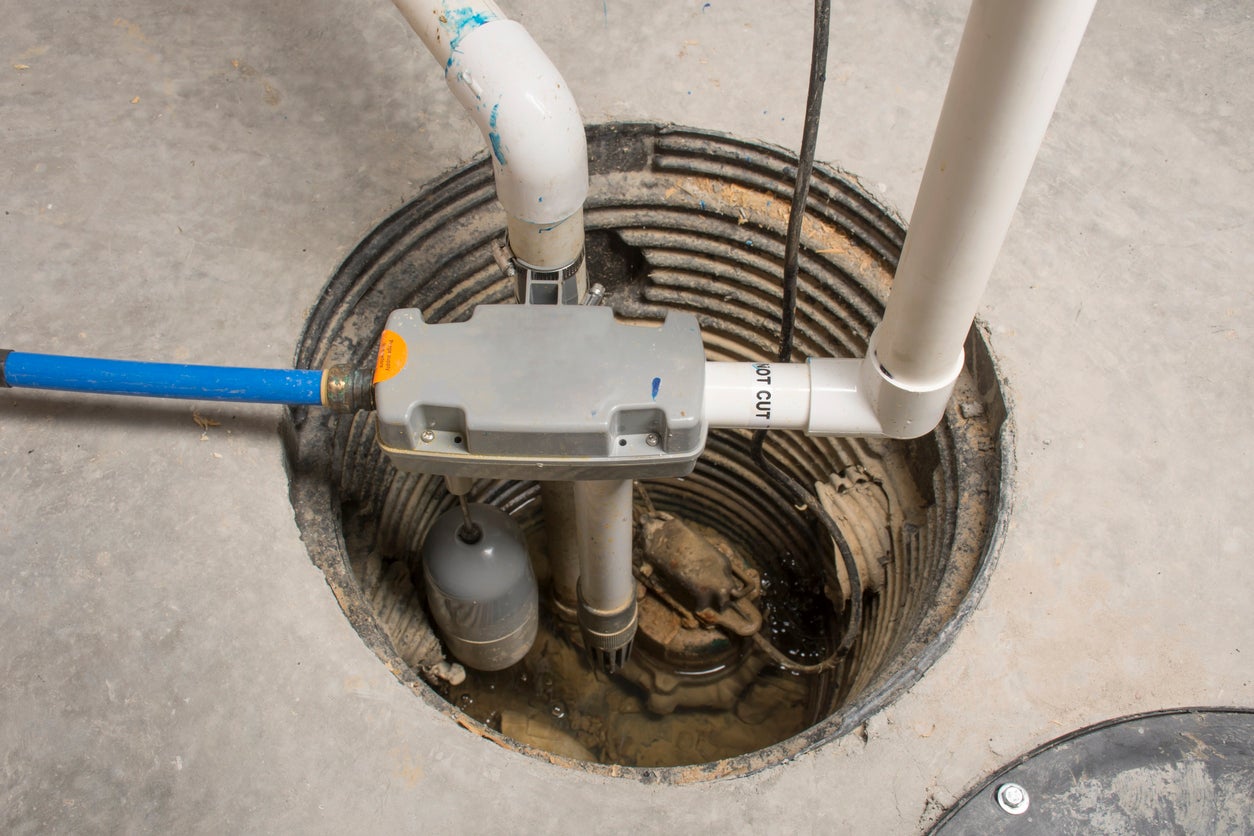
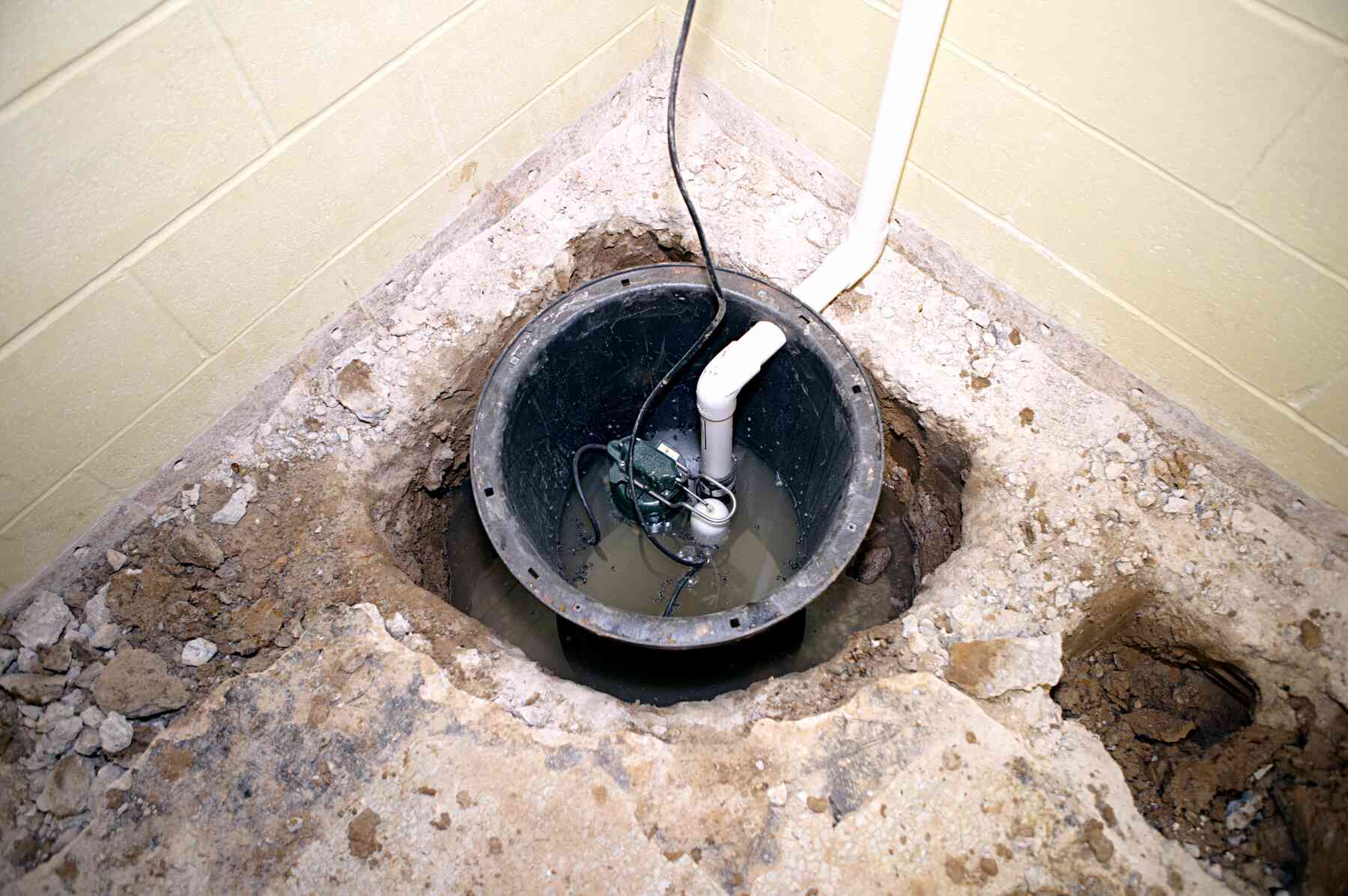
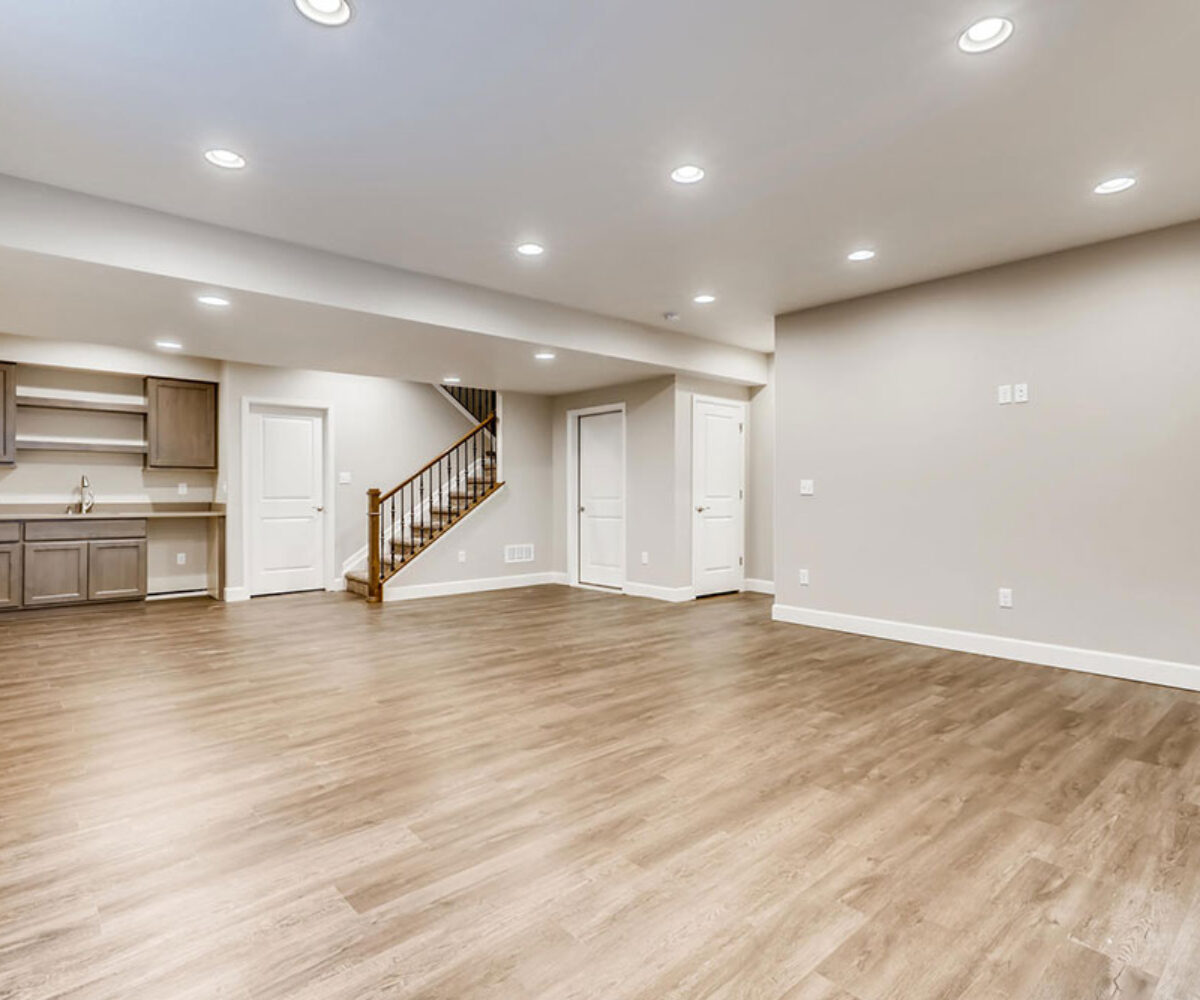
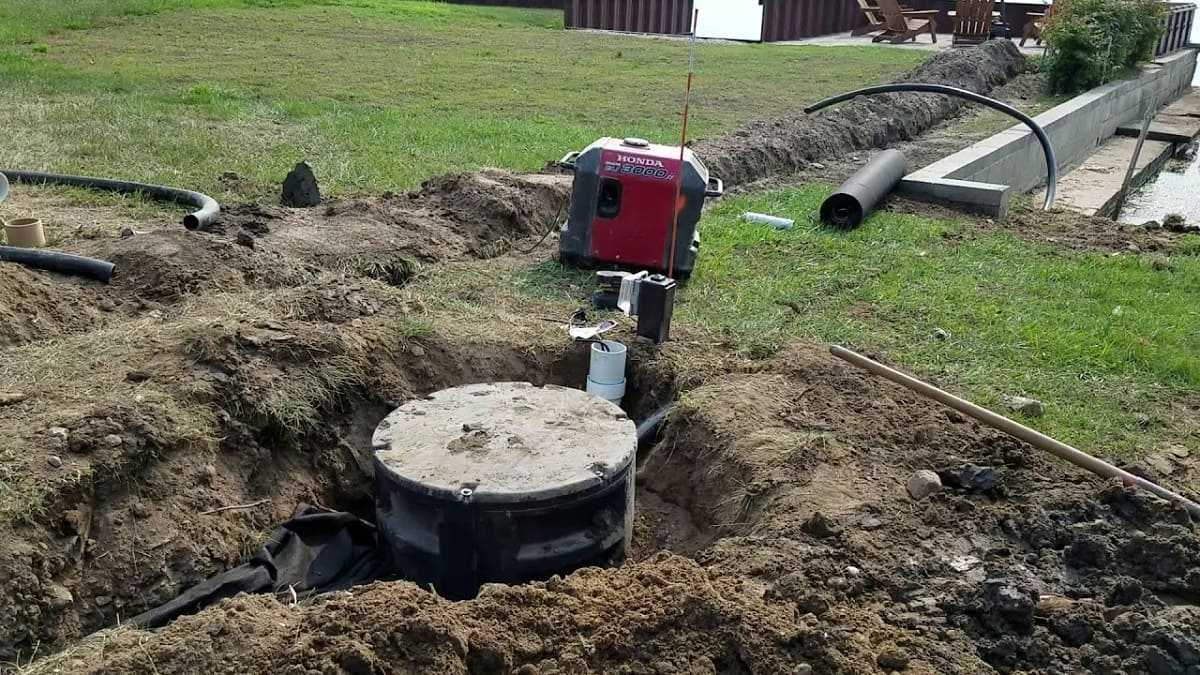
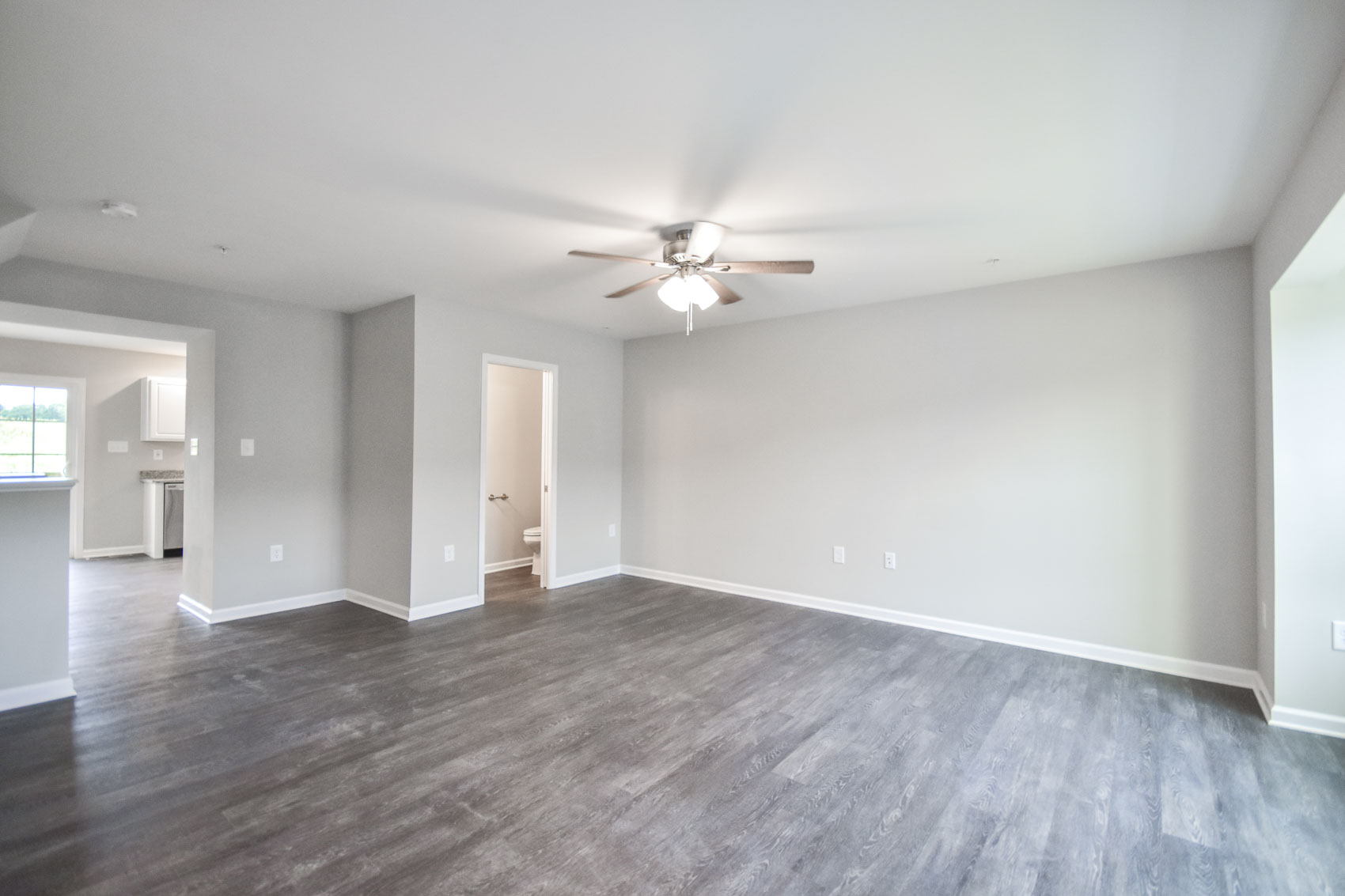

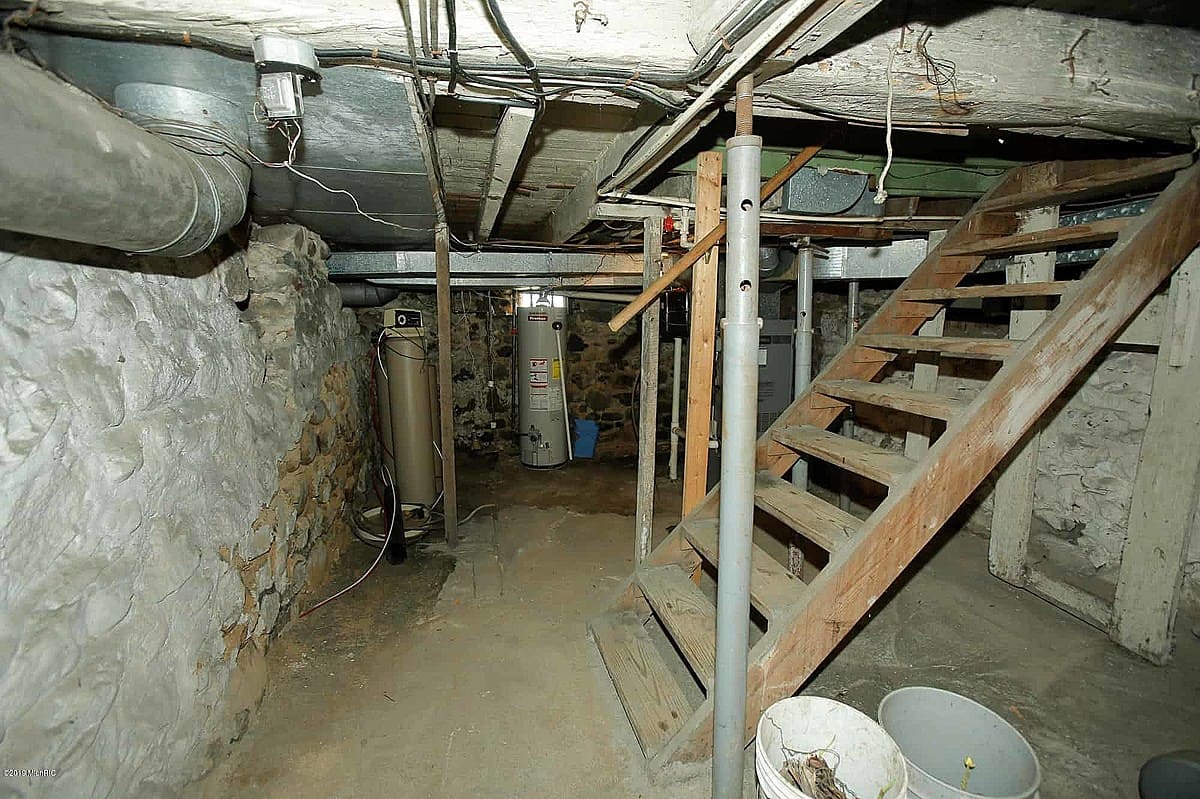

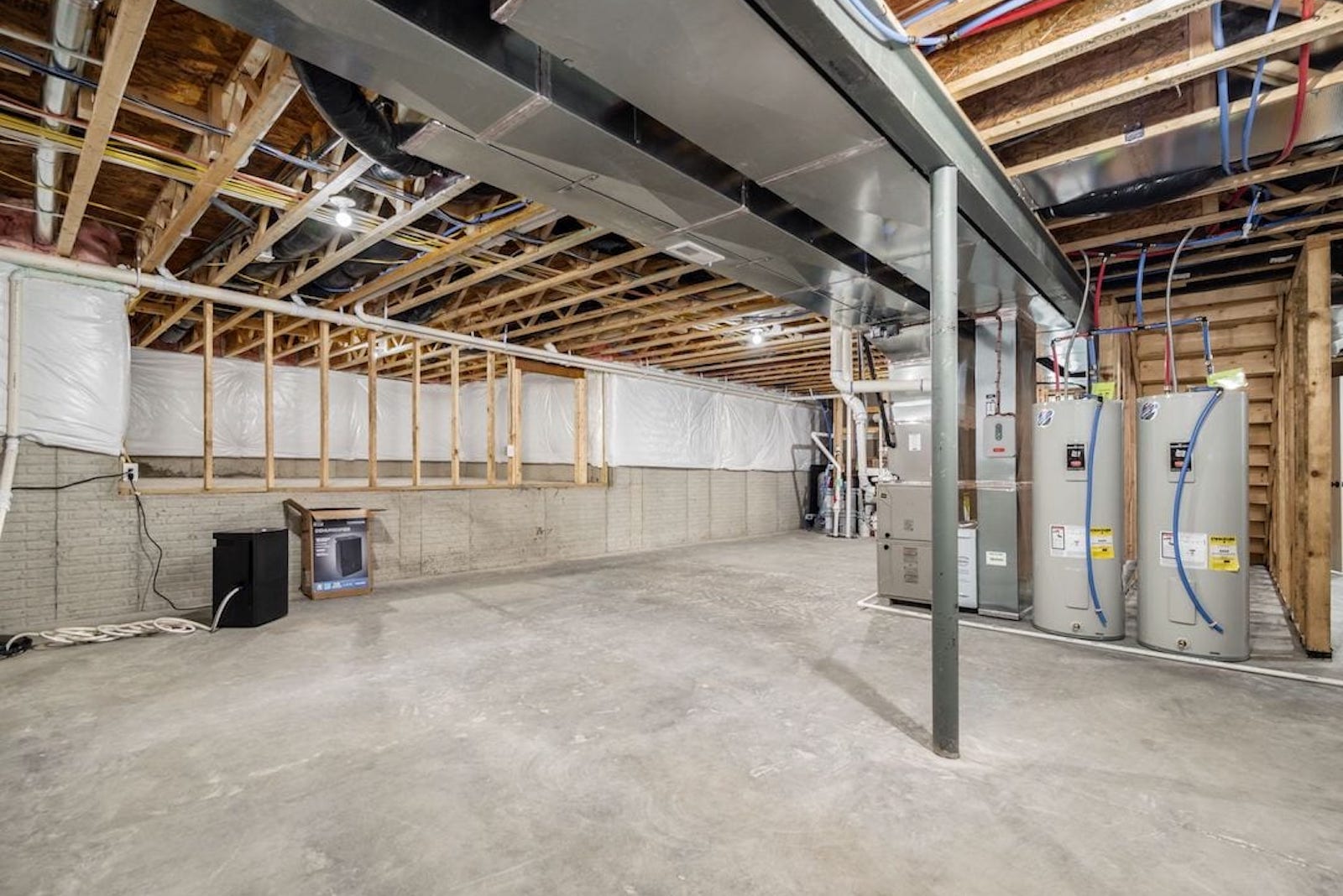

0 thoughts on “What Is Sump Pump In Basement”